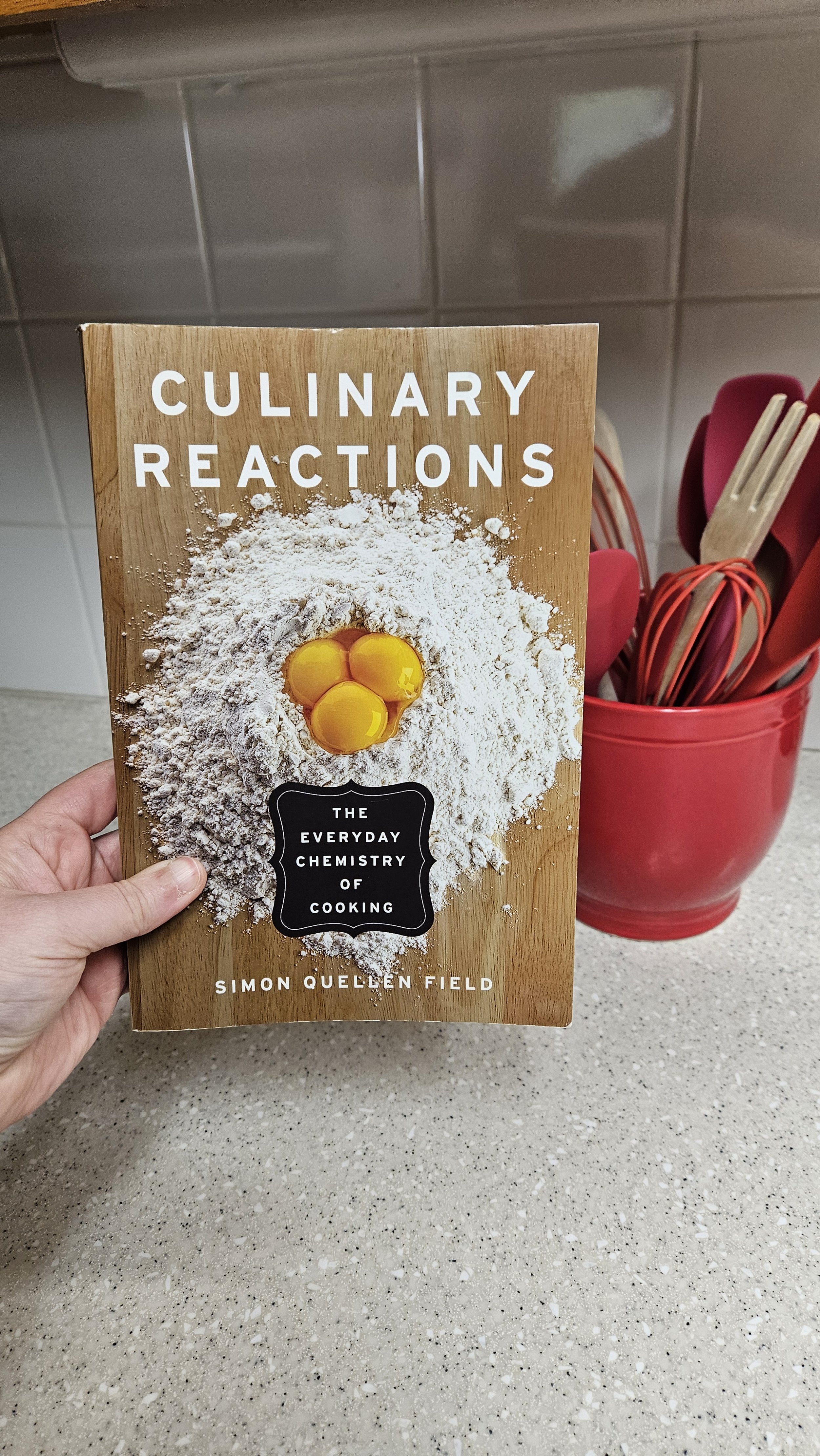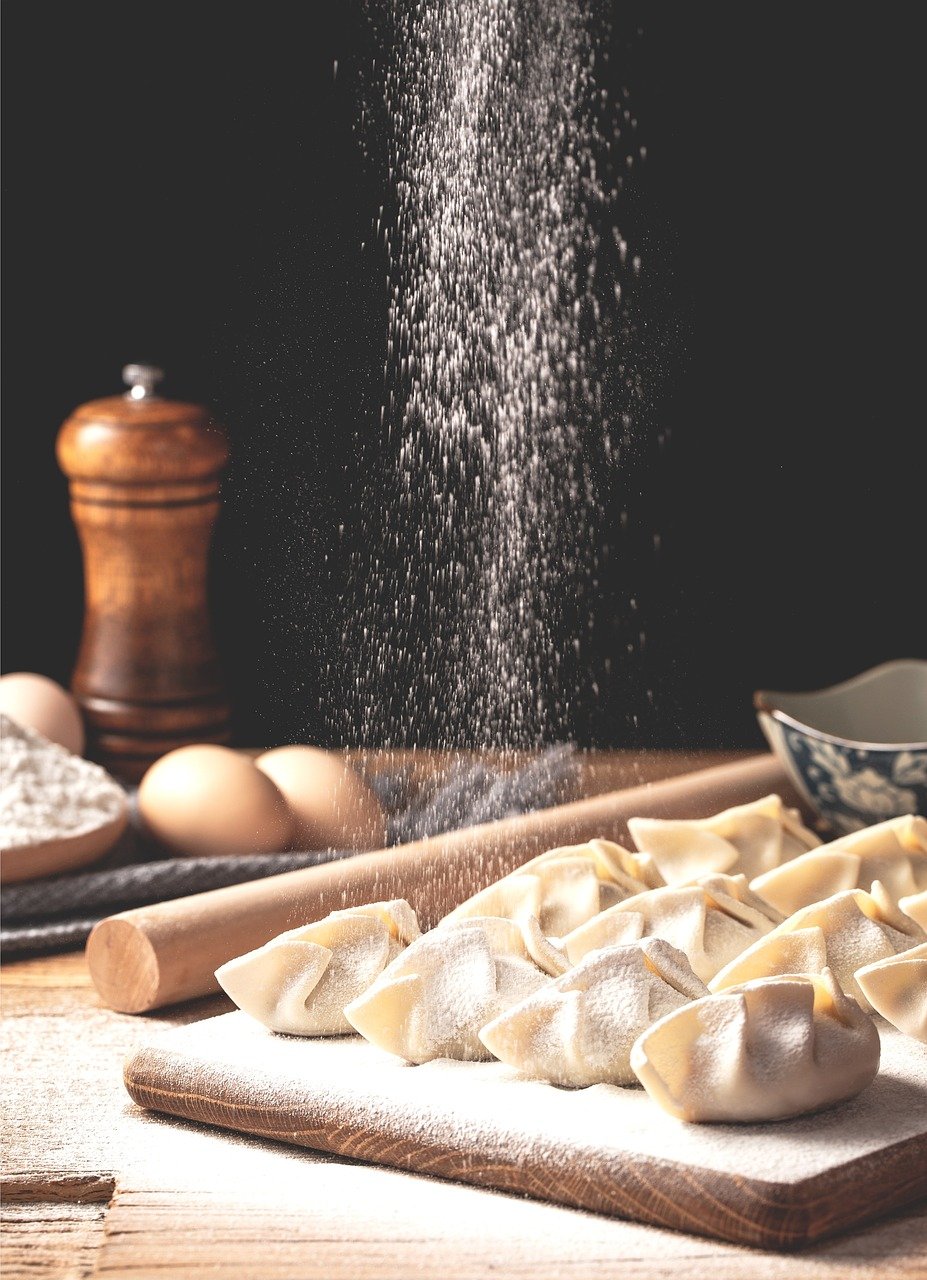Study chemistry while Uncovering the processes, technology, history, and delicious bites of everyday food!
“Applied Chemistry” is a full course designed for high school students
featuring a book guide, 16 unit studies, and 2 project guides.
Get Applied Chemistry Instantly
Includes over 110 curated instructional videos with a 154 page course notebook that includes a question book guide, 2 project guides, and over 40 suggested recipes for hands-on learning!
What Chemistry Topics are covered in this course?
Denaturing
Types of chemical bonds
Emulsions
Colloids
Properties of Oils & Fats
Solutions
Crystallization
Protein Chemistry
Maillard Reactions
Acids & Bases
Oxidation
Polarity
Stabilizers
.... and more
(Most of the chemistry topics are explained in the detail in the core text “Culinary Reactions.” If you choose not to read the book, many chemistry topics may not be adequately reviewed in the unit videos and reading for a standard credit)
Scope of "Applied Chemistry" Course Content
View a Printable Sample Weekly Assignment Sequence
Book Guide: “Culinary Reactions” by Simon Q. Field
Unit: Taste & Flavor
Unit: Eggs
Unit: Potatoes
Unit: Pumpkins & Squashes
Unit: Carrots
Unit: Chocolate
Unit: Coffee
Unit: Preservation Techniques
Unit: Dairy
Unit: Wheat & Bread
Unit: Sugar
Unit: Tropical Fruits
Unit: Chili Peppers
Unit: Apples
Unit: Citrus
Unit: Beef
Project Guide: Sugar in My Food
Project Guide: Protein Structures - Gummy Bears
Includes over 110 curated instructional videos with a 154 page course notebook that includes a question book guide, 2 project guides, and over 40 suggested recipes for hands-on learning!
What does the course look like?
The Applied Chemistry course is hosted via a secure course portal on Payhip
When you click “Buy Now,” you will create an account for the course, process your one-time payment, and then have access to all the embedded videos, links, PDF downloads, and other curated content. You can view the course on most internet connected devices or print out the materials as you desire.
All course materials are ready to use and easily organized.
You don’t have to do any searching or googling for materials!
Who was this course designed for?
The course was designed to fulfill a "chemistry" course requirement, but we wanted it be relevant (everyone needs to eat!) and valuable for students beyond just the academics.
If your student.........
loves watching videos for "schoolwork"
is not mathematically ready for traditional chemistry
isn't going into a science-centered career
wants to learn something useful and relevant
likes to learn from a variety of materials (videos, articles, images, books)
likes to cook in the kitchen (or wants to learn)
loves sketching and drawing as way of learning
then this FoodStuff Science course is absolutely for them.
If you don't want to label this course as "Chemistry" for their transcript, we would recommend "Applied Chemistry" as a course label because it is the application of chemical knowledge to another field of study (culinary).
(As noted above, this is not your traditional chemistry course. Students who might be college-bound into a science-related field might benefit from a more technical course or supplementing with another resource -such as "Homework Helpers: Chemistry" by Greg Curran- which introduces students to the technical and mathematical concepts of chemistry).
Includes over 110 curated instructional videos with a 154 page course notebook that includes a question book guide, 2 project guides, and over 40 suggested recipes for hands-on learning!
What Books or Supplies Will We Need?
Core Reading Text: (purchase separately)
"Culinary Reactions" by Simon Q. Field
Available here on Amazon.
If you prefer, borrow from your library or buy a "used" copy of the book - 2nd hand books are just fine!
“Applied Chemistry” Notebook (Included):

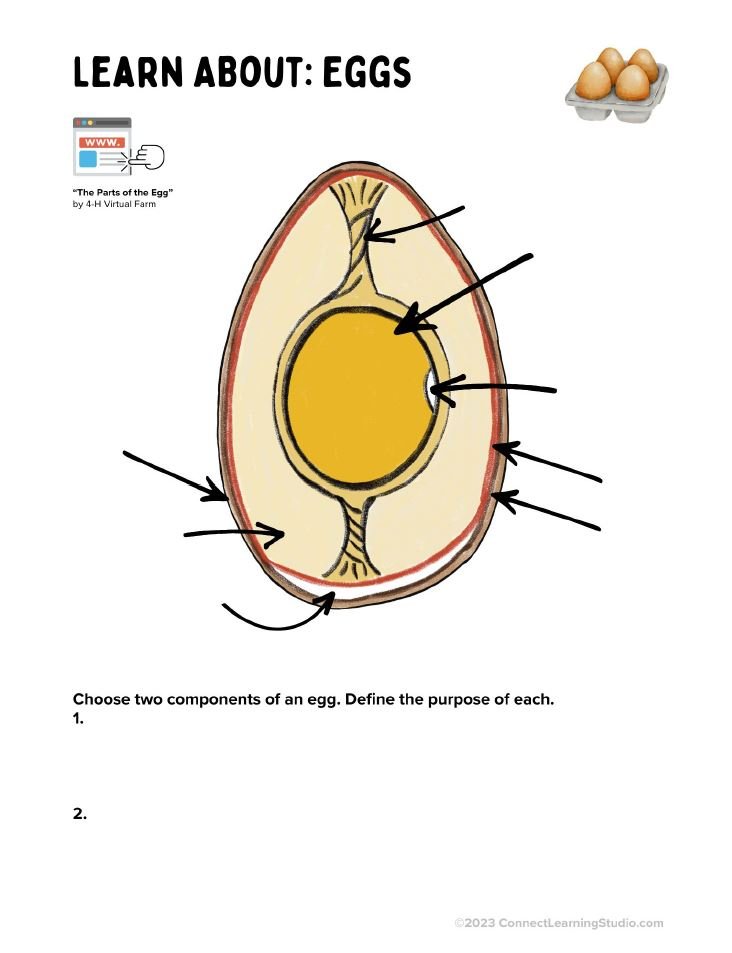
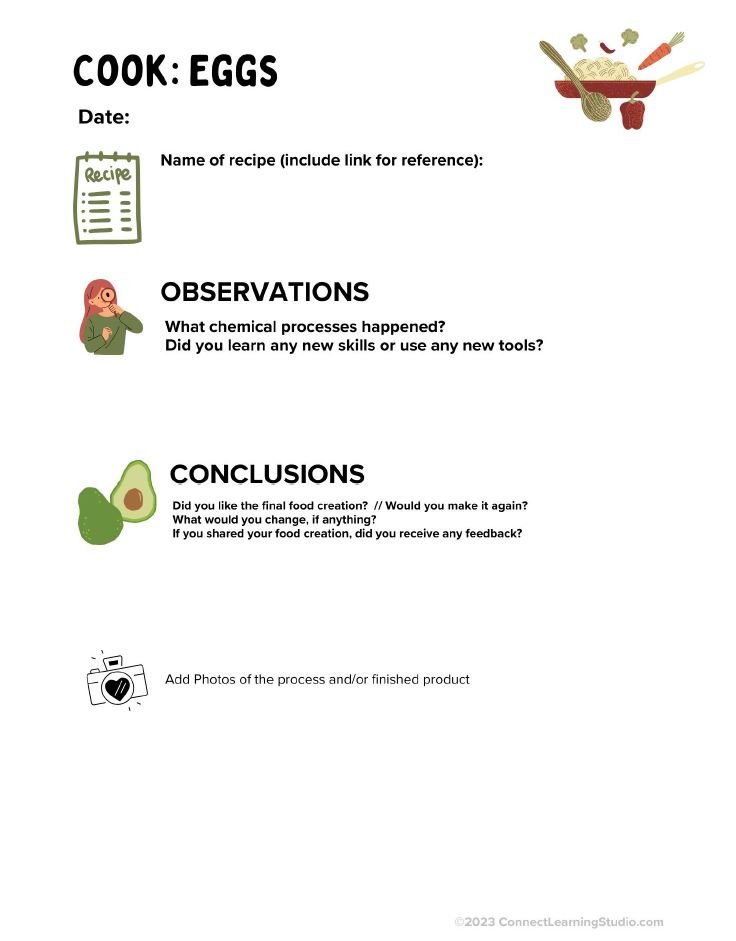
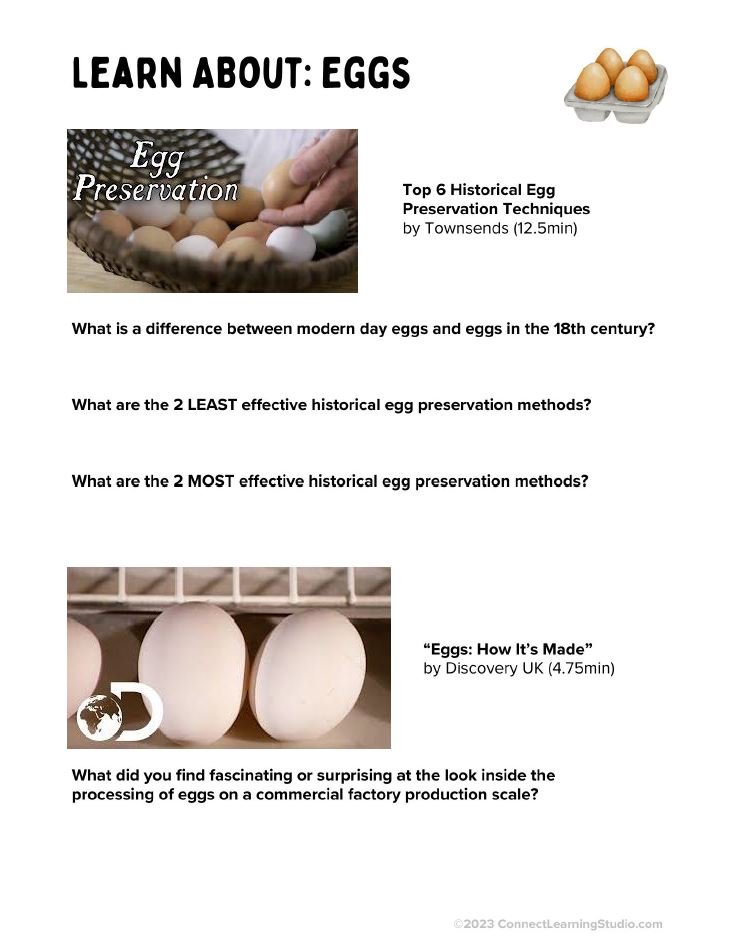
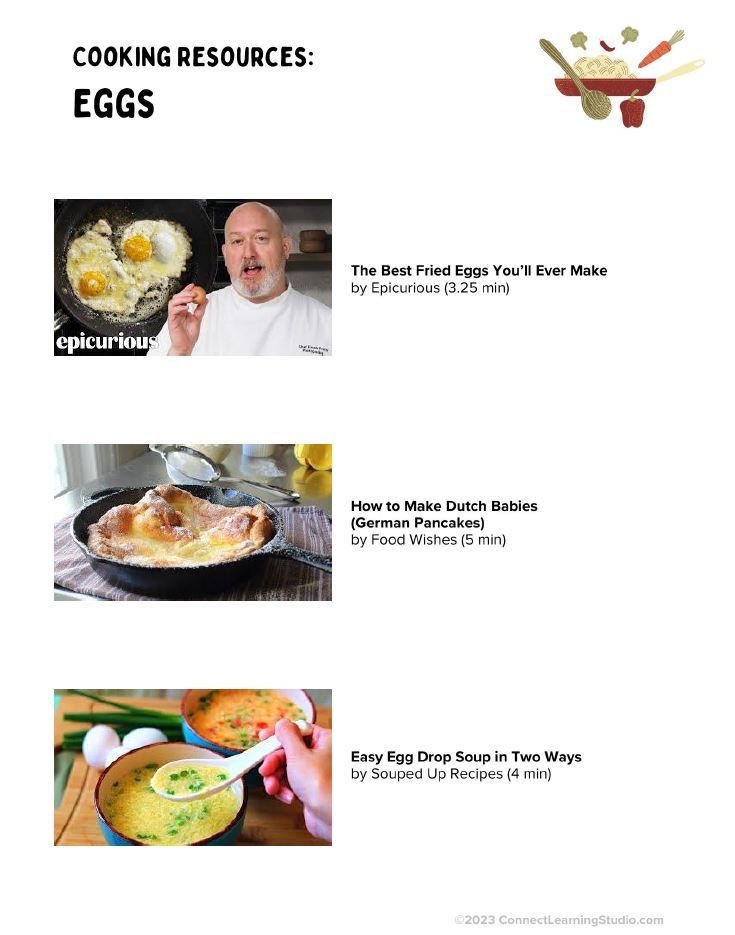
Food Units : Printable pages for all food units that include questions and prompts for students to record what they learn from the unit videos & articles.
Lab Notes: Each unit has recommended labs (or recipes). You can select to do as many labs as you want (or have your student just cook some of your regular meals). Supplies will vary based on your chosen recipes and frequency your student cooks. (As always, it is recommended to have adult supervision as necessary and for students to record their results and experience in their notebooks).
Book Guide: Printable Questions (and Answers) for each chapter of the core reading text
Projects Guides: Included are 2 project guides to help your student connect what they are learning with more knowledge or evaluation of how food & chemistry affect their life. Projects can be as simple or complicated as you want your student to complete.
Digital PDF use options:
Print at home & organize in a 3 ring binder // Create a personal Google Slides file & use text boxes to fill in the questions // Use the exclusive “print-on-demand” link to order your own coil-bound hard copy for an additional $20 + shipping from Lulupress
Hands-on Experience “Labs”:
(purchase supplies separately)
Each food unit has activities and “labs” (aka cooking recipes) for your student to get hands-on practice
Coordinate with your student on their choices for what recipes they want to try - something new or familiar, simple or complex!
You can work with your student to adapt their recipe goals as needed for allergens, dietary needs, and personal preferences.
As always, ensure your student has adult supervision & the skills to safely operate tools & machines used in the kitchen.
And remember - mistakes are bound to happen! Encouragement & a light heartedness go a long way in building the confidence in making food.
How Do I Evaluate My Student's Success in this Course?
If your student finishes this course, please congratulate them! They have learned more about food (and the underlying chemical reactions) than most "successful" adults.
Because there are no tests or quizzes, there are a few ways you could "give a grade" to your student:
Did they complete all the assigned readings, videos, and questions?
Did they have a good attitude about completing their assignments?
Did they accurately answer questions from the two "semester reading" books?
Did they complete and present their "Project" in a clear, professional manner?
The weight of these benchmarks is completely up to you as your child's primary educator. Attitude may be more important than accuracy.
Standards for Choosing Materials
While designing the course, each video, article, and book has been selected from the thousands resources available online and in print with these guidelines in mind:
Resources absolutely do not have inappropriate language or adult references.
Resources have been curated at best to not have bias toward any particular diet or controversial food system issue. Individual videos may at times have comments or bias, but the course as a whole does not support any particular diet. Families are encouraged to research more about questions about personal food choices & nutrition.
Resources may occasionally include reference to evolution or young earth theories, but in general, resources present general facts (anything with a particular reference to evolution or young earth scientific theories will hopefully be noted with the video or reading).
Resources may selectively include topics relating to alcohol (it is a food/drink), but it is not a focus of any FoodStuff Science unit or guide (another topic to be evaluated by your family)
Resources are chosen for substantive quality over quantity
If you have a question about our guidelines or come across something you think shouldn't belong in our course, PLEASE CONTACT US! It is our hope to always offer safe, top-notch quality materials for your student
As content is curated from a variety of sources & creators, we can offer no guarantees of a resource’s long term availability. In the case that a video/resource is removed, we will attempt to find a similar substitute.
Curriculum Access, Usage License, & Return Policy
The purchase of this course is for a single student or family for personal use only.
If you are in need of a co-op, multi-family, or school license, please see our offer here.
Access to the course is not timed upon purchase and accessible as long as our course software is live. (You are able to download the PDF to save in your personal curriculum records indefinitely). If our hosting software is going to change, we will attempt to contact you with such changes.
The organization & curation of content & notebooking materials are copyrighted by Connect Learning Studio, but access to other resources listed in the course (like suggested books and videos) is not guaranteed and the respective parties maintain their respective copyright.
As this is an instant download digital resource, we are not able to issue refunds for your purchase.
For technical issues or quality concerns, please contact us:
Hello@connectlearningstudio.com




